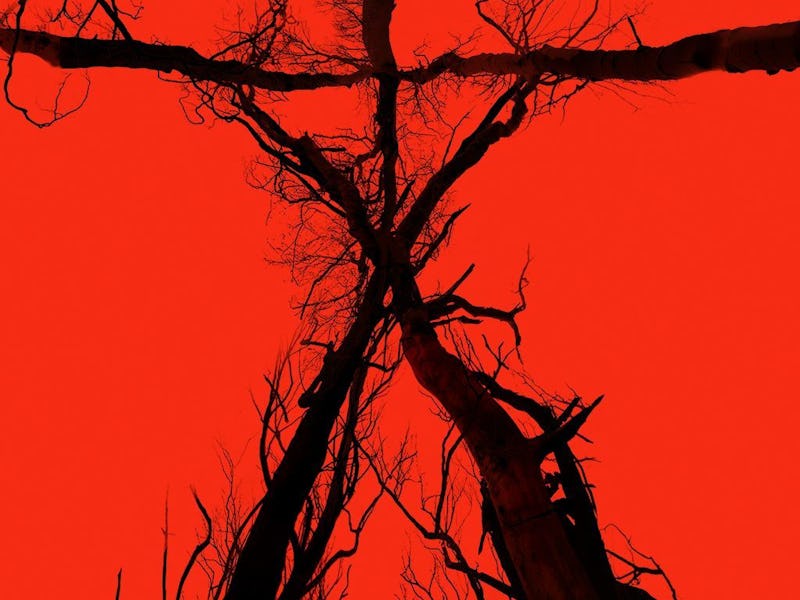'Blair Witch' and Found Footage Horror Have Gothic Roots
Why the new 'Blair Witch' movie and the found footage genre owe their existence to an oddball gothic novel from the 1700s.

You’ve seen countless trailers for movies like this: a shaky handheld camera follows characters who directly address the screen, and the whole ordeal ends in ominous static and the sound of panicked heavy breathing. It’s obviously another found-footage horror movie to add to the overflowing genre.
When The Blair Witch premiered in 1999, found-footage horror movies were hardly rote. The method felt fresh and innovative, and because the film was such a smashing success, it paved the way for the horror sub-genre to thrive. But even the first Blair Witch film owes its existence not to other films, but to books — musty old books with yellowed pages, in fact.
Films like the Blair Witch or the Paranormal Activity series wouldn’t be here without the era of gothic novels. The Castle of Otranto, written by Horace Walpole in 1764, is widely considered to be the very first entry in the genre. It’s a short, delightfully batty tale of a doomed family; a lecherous, scheming patriarch; long-lost relations; mysterious deaths resulting from giant helmets falling out of the sky and crushing people; and prophecy. So far, so gothic.
The weird part is its origin.
Its first edition was called, The Castle of Otranto, A Story. Translated by William Marshal, Gent. From the Original Italian of Onuphrio Muralto, Canon of the Church of St. Nicholas at Otranto. If you think “Onuphrio Muralto” sounds like a fake name, you’re right. Horace Walpole, under the pseudonym “William Marshal” pretended he was translating a story from an “original Italian” manuscript that never existed, written by a guy he made up. He presented his own story as “found footage.”
He did this for many reasons — he was from a posh family, he served in Parliament, and these kinds of gloomy, fanciful stories were generally looked down upon at the time — but when the story was warmly received, he owned up to it.
The ensuing entries in the Gothic genre, like Mary Shelley’s Frankenstein and Bram Stoker’s Dracula, all followed this “found footage” tradition. Dracula is made up of letters, diary entries, and even supposed “recordings” from its characters while Frankenstein is told in an epistolary form originally published anonymously. Even lesser-known works like Sir Walter Scott’s The Bride of Lammermoor were initially presented as stories that had been “discovered” by “Jedediah Cleishbotham,” who is exactly as fake as he sounds.
The Blair Witch Project brought this sensibility to the big screen in 1999, by presenting the film as “recovered footage” from a documentary gone horribly awry. It was quickly followed by entries like Cloverfield, Quarantine, Paranormal Activity, and Chronicle. And now, it’s being followed by yet another Blair Witch.
But when you’re in the theater anticipating the scares to come, just think of how it all started with an unlikely member of Parliament in the 1700s who wrote a story where a dude gets crushed by a giant helmet falling from the sky on its third page.